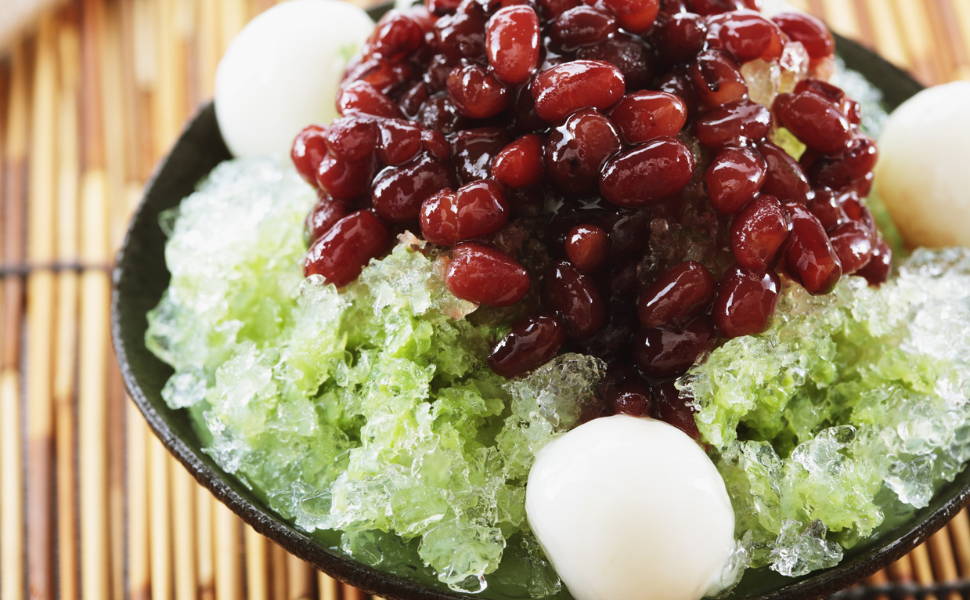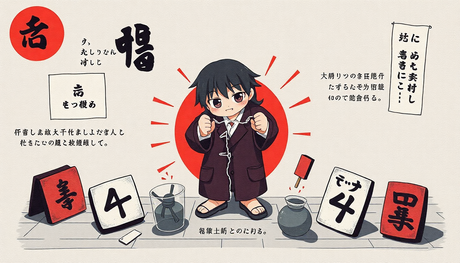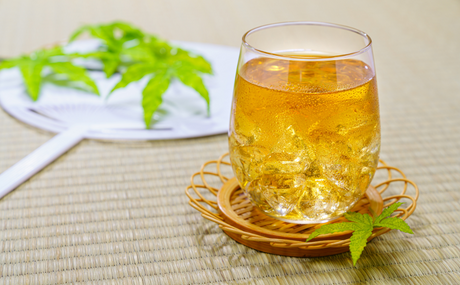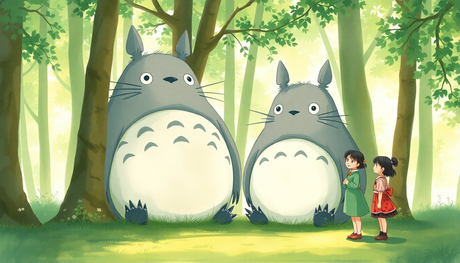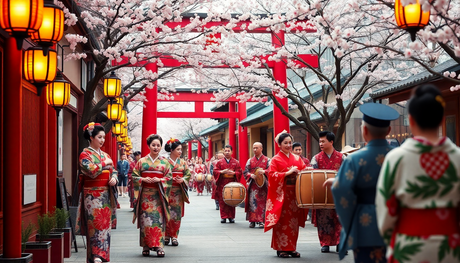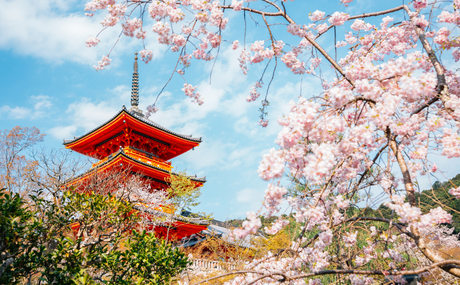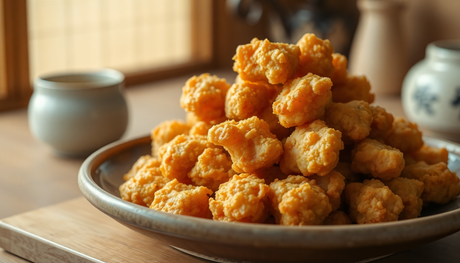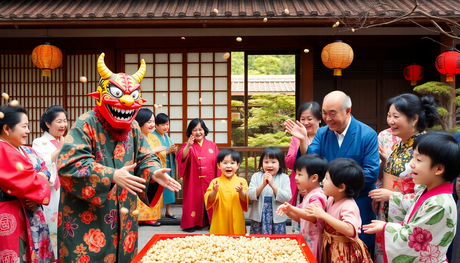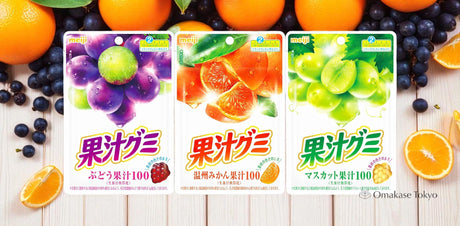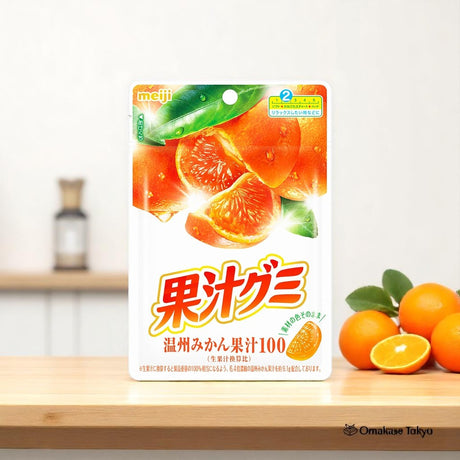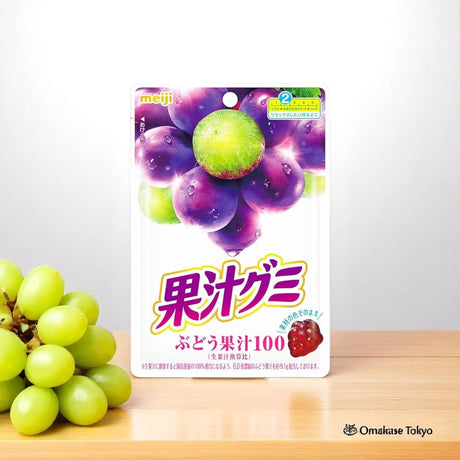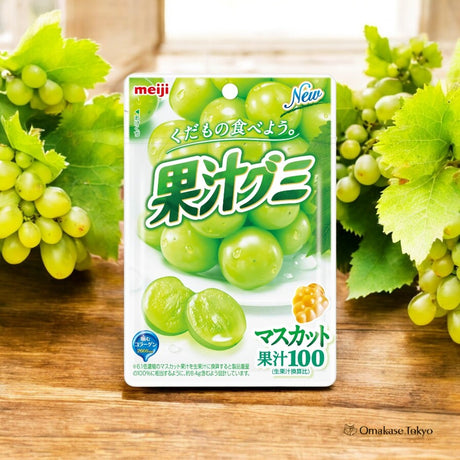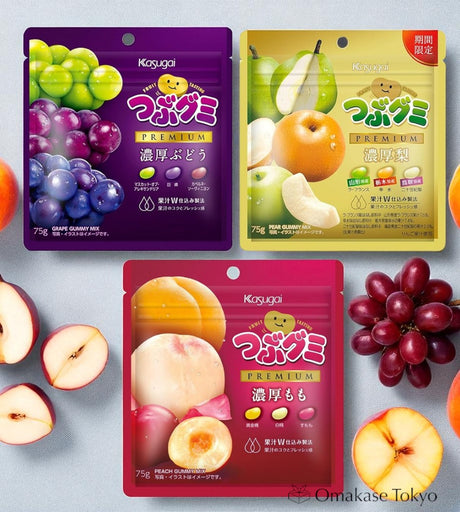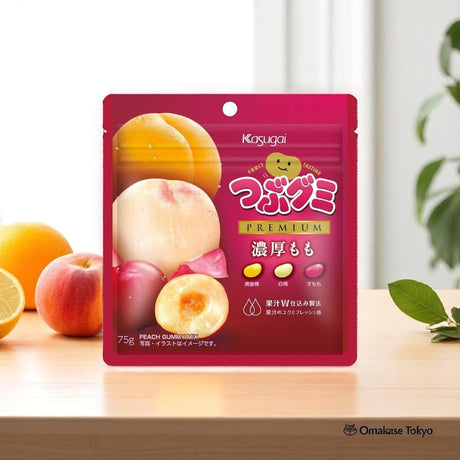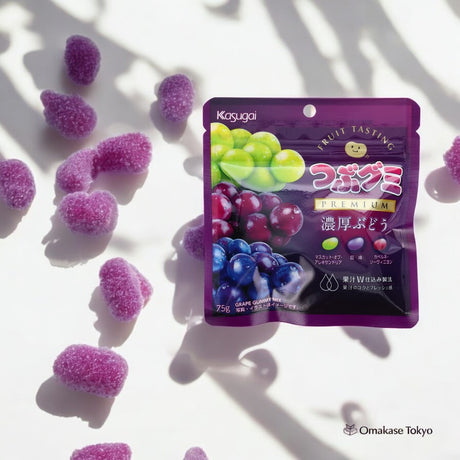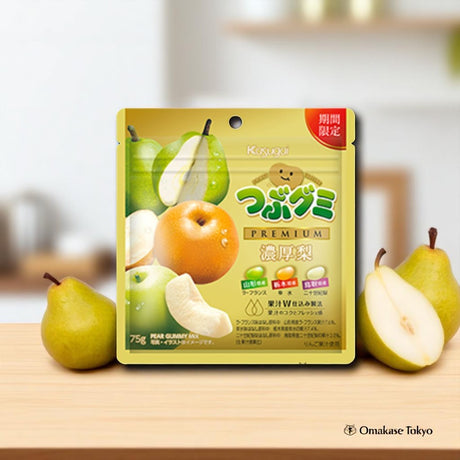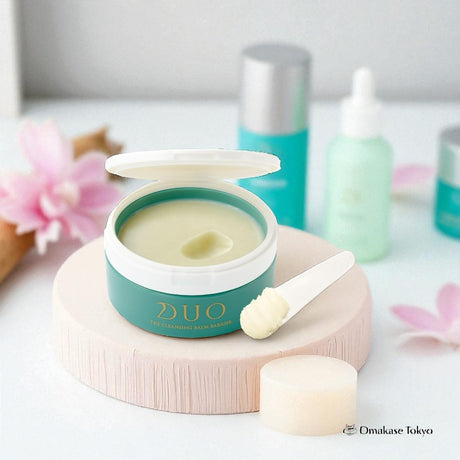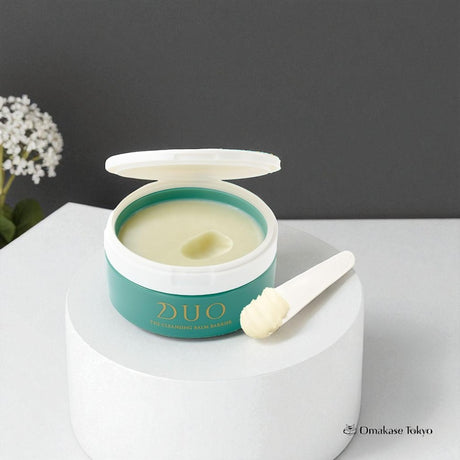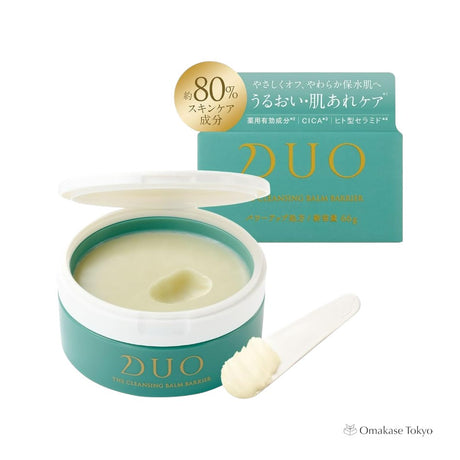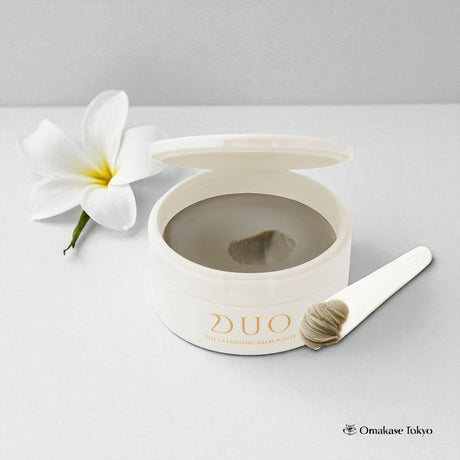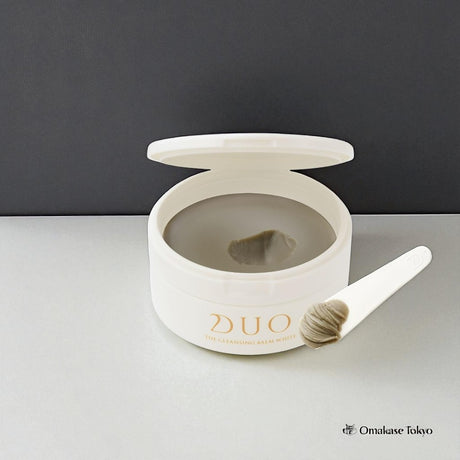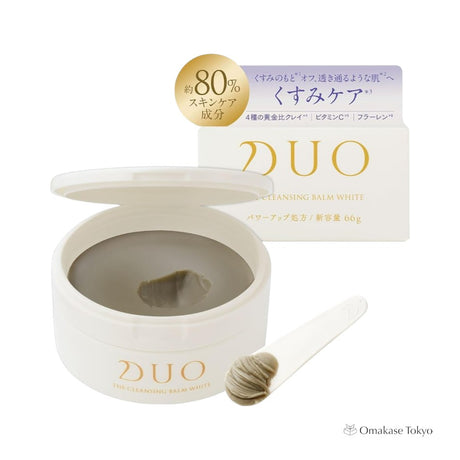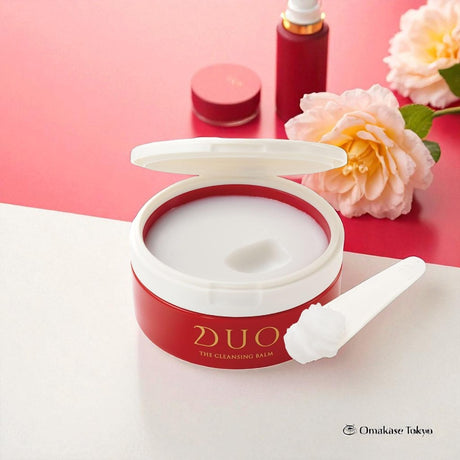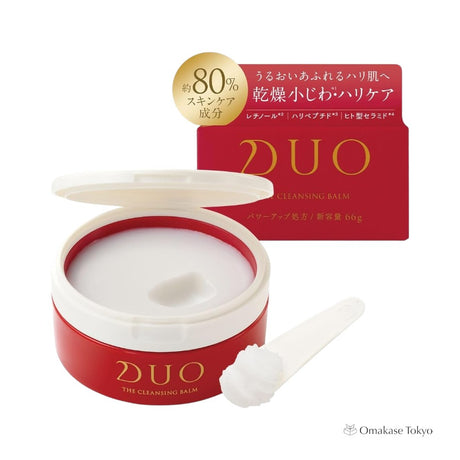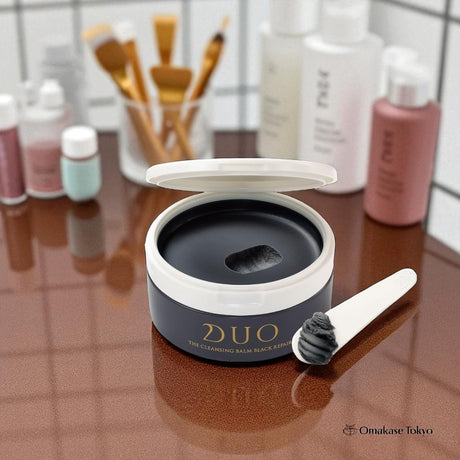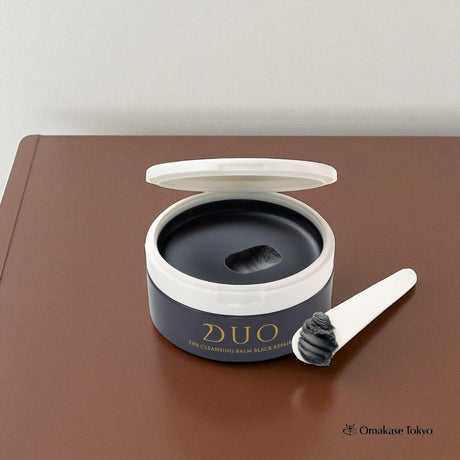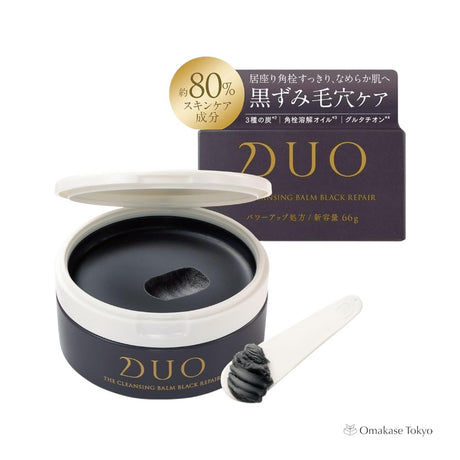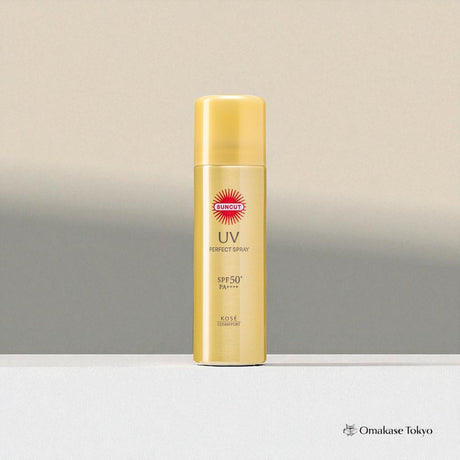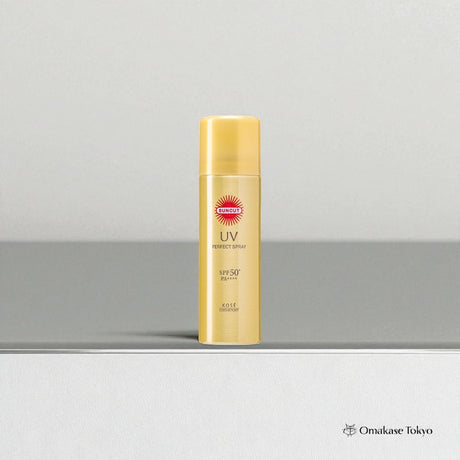Picture walking through Tokyo on a blazing hot day when you spot a vendor cranking away at this mysterious machine, creating mountains of the fluffiest ice you've ever seen. That's kakigori – Japan's incredible answer to beating the heat that's way cooler than any snow cone you've tried.
What Makes Kakigori So Special?
Kakigori (pronounced "kah-kee-goh-ree") literally means "scraped ice," but that doesn't do it justice. Imagine ice shaved so fine it's basically flavored clouds that melt instantly on your tongue. Unlike chunky snow cones that leave you crunching ice, kakigori creates this magical texture that's like eating winter snow – but better, because it comes with amazing flavors.
The process is simple but perfect: ultra-fine shaved ice piled into a bowl, drizzled with colorful syrups, topped with whatever you want, and served immediately. Simple doesn't mean boring when it comes to kakigori.
A Cool History Dating Back 1,000 Years
Here's something wild – people have been eating kakigori for over 1,000 years. Back in the Heian period (794-1185), this was serious luxury food only fancy court people could afford. A court lady named Sei Shonagon even wrote about how awesome it was to eat shaved ice with sweet syrup in "The Pillow Book."
Getting ice back then was a huge deal. They stored it in special ice houses during winter and made it last through hot summers. If you were eating kakigori in ancient Japan, you were basically showing off your wealth.
Things changed during the Edo period (1603-1868) when regular people finally got to try it. Street vendors started selling kakigori at summer festivals, turning this fancy court dessert into the people's treat. The real game-changer came in the late 1800s with ice-making machines – suddenly you could make kakigori whenever you wanted.
Flavors That'll Blow Your Mind
The classic syrups are where most people start. Strawberry (ichigo) is the most popular – bright red, sweet, and perfect. Melon tastes like the most refreshing summer day in gorgeous green. Blue Hawaii sounds weird but is amazing – this unique tropical, citrusy flavor that's totally kakigori culture.
Want traditional Japanese? Matcha kakigori is incredible – that green tea flavor with its slightly bitter edge is perfect against sweet ice. Lemon is pure summer happiness – bright, tangy, and exactly what you need when it's too hot to think.
But here's where things get really fun – the toppings. Condensed milk drizzled over everything is as good as it sounds. Fresh fruits like strawberries, mangoes, and peaches turn your kakigori into a fruit paradise. Red bean paste (anko) is sweet and earthy. Mochi balls add chewy texture that contrasts perfectly with melting ice. Some places even add ice cream on top, which seems like overkill but is actually genius.
Regional Kakigori Adventures
Different regions do kakigori their own way. Tokyo gets fancy with high-end shops treating shaved ice like fine dining, using seasonal fruits and house-made syrups that cost as much as full meals.
Kyoto keeps things traditional but classy, incorporating tea culture with different grades of matcha and combinations with traditional Japanese sweets perfected over centuries.
Okinawa goes tropical with local ingredients like purple sweet potato (creating incredible purple ice), exotic fruits, and kokuto (brown sugar) that adds deep, molasses-like sweetness.
Where to Find the Best Kakigori
Traditional kakigori shops are the real deal – look for white banners with red Japanese characters. These places use hand-cranked machines and techniques passed down through generations.
Department store food courts are surprisingly great, especially during summer. Japanese department stores take food seriously, and you'll find high-quality kakigori stands.
Summer festivals are where kakigori comes alive. There's something magical about eating it surrounded by lanterns and people in yukata. The atmosphere makes it taste even better.
Modern dessert cafes treat kakigori like art, with elaborate toppings and Instagram-ready presentations that are almost too pretty to eat.
Making Kakigori at Home
You can totally make kakigori at home! You'll need a proper kakigori machine – don't use regular blenders, you won't get that signature fluffy texture. Japanese brands like Doshisha and Tiger make good home machines.
Ice quality matters hugely. Use filtered water and freeze it in blocks for at least 24 hours. The key is shaving it right before serving – that fluffy texture doesn't last long.
You can buy authentic syrups online or make your own with sugar, water, and flavorings. Food coloring makes it look more authentic and fun.
Why Kakigori is Actually Healthy
Here's good news – kakigori is one of the healthier dessert options. Basic kakigori with syrup is usually only 100-150 calories, way less than ice cream or cake. It's mostly water, so it actually helps you stay hydrated.
You control the sweetness completely. Want less sugar? Use less syrup. Want more fruit? Pile it on. Many traditional flavors are naturally dairy-free and vegan too.
What Makes It Different from Other Frozen Treats
Snow cones use chunky ice that doesn't melt evenly. Italian ice has coarser, crystalline texture. Slushies are more like flavored ice drinks.
Kakigori is unique because of how incredibly fine the ice is shaved – like eating flavored snow that melts instantly. The syrup soaks through all those delicate crystals, so every bite has perfect flavor.
There's also art to making kakigori. Good vendors have rhythm when cranking machines and know exactly how to pile ice for the perfect mountain. Watching someone make kakigori is almost as satisfying as eating it.
Kakigori Goes Global
You can find Japanese-style shaved ice worldwide now. Los Angeles has incredible spots in Koreatown and Little Tokyo. New York has several Manhattan locations. London offers it during summer months, and Singapore is perfect for year-round kakigori.
International versions often incorporate local flavors while keeping traditional Japanese techniques – you might find kakigori with local fruits you'd never see in Japan.
Seasonal Specialties
Spring brings sakura (cherry blossom) flavored kakigori with actual petals. Summer is peak season with the most variety and creative limited-time offerings. Some modern places even do autumn versions with sweet potato and chestnut flavors.
Why You Need to Try Kakigori
Kakigori is way better than it sounds on paper. It's this perfect combination of texture, flavor, and cultural experience you can't get anywhere else. It's refreshing without being heavy, sweet without being overwhelming, and fun without being complicated.
There's something satisfying about eating a dessert perfected over 1,000 years. When you're enjoying perfectly shaved ice with your favorite flavors, you're participating in this long tradition of staying cool while enjoying something delicious.
If you get the chance to try authentic kakigori, take it. If you can't make it to Japan soon, consider getting a machine and making it at home. Once you experience that cloud-like texture and perfect flavor combination, regular snow cones will never cut it again.
Kakigori isn't just dessert – it's summer happiness in a bowl, and everyone deserves that experience.

